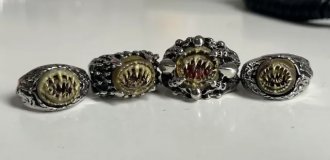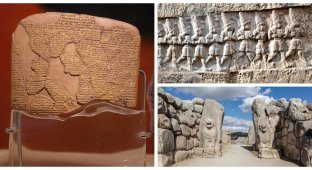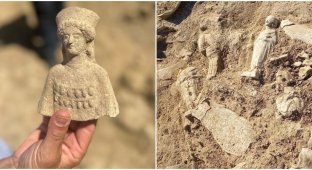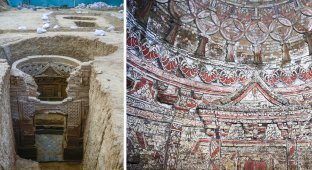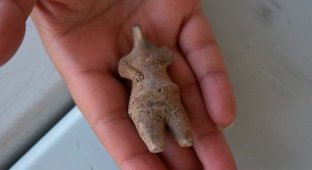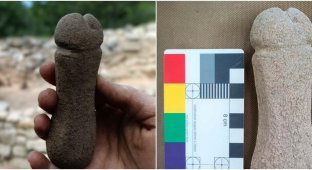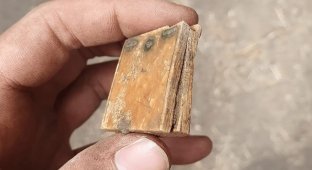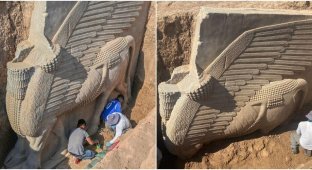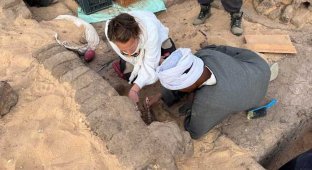Archaeologists have found a unique 2800-year-old artifact in the capital of the ancient kingdom of the Hittites (3 photos)
During excavations in the ancient city of Hatussa, located in the center of Turkey (the city of Corum), an object decorated with ivory and intricately carved was found. Its age is estimated at approximately 2800 years. 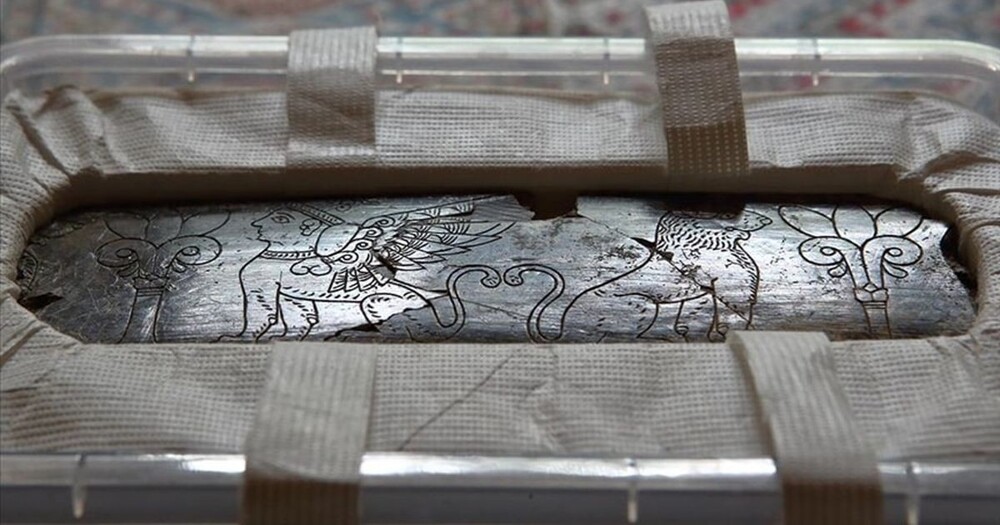
The ruins of the Hittite capital date back to the Bronze Age, around 2000 BC. In 1986, this site was included in the UNESCO World Heritage List. Also in 2001, Hattusa was included in UNESCO's Memory of the World list because it contains archives of cuneiform tablets representing the oldest known Indo-European language.
The site of Hattusi is located near the modern Turkish village of Boğazkale, 145 km east of Ankara. It was discovered in 1834, excavations have been going on since 1906. Since 2006, excavations have been carried out on behalf of the German Archaeological Institute under the leadership of Professor Andreas Schachner.
Over the years, archaeologists have found many ancient artifacts, but have never seen anything similar to the object that is found now. 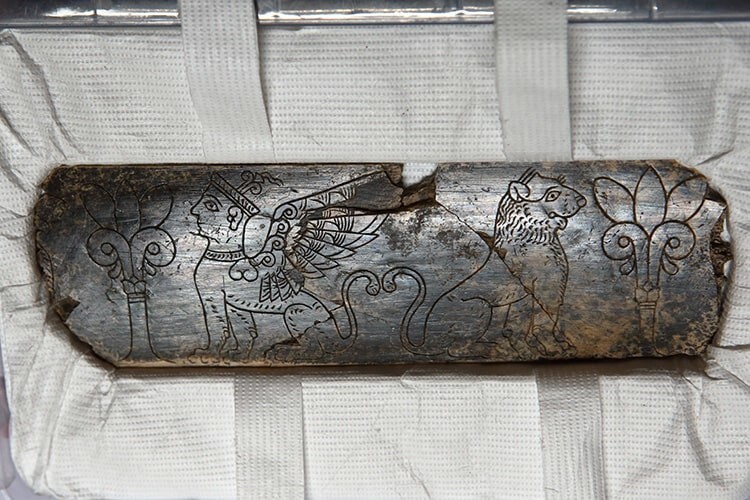
The ivory piece, about 30 cm long and 10 cm wide, depicts a sphinx (a statue with the head of a man and the body of an animal), a lion and two Trees of Life on a shiny background. Scientific research is currently underway on a fragment in which the figures are visible under appropriate lighting thanks to the layer applied to it.
According to the head of the excavations, Andreas Schachner, the artifact was found in an archaeological layer of the Iron Age, which preserves traces of many civilizations.
Schachner, noting that the well-preserved object is approximately 2,800 years old, said: “It most likely served as decoration for a wooden chest or wooden furniture. The artifact is broken on the right and left sides, and the top and bottom sides are in their original condition. Therefore, we assume that it was originally longer.” 
Schachner also explained the importance of this find:
“This artifact is a unique work for Boğazkale. For the first time we are faced with an object decorated with a scene made so skillfully and beautifully. Large-scale excavations dedicated to the Iron Age were carried out in Boghazkal, but we did not come across such detailed work.
The plot, style and iconography used help to better reveal the relationship of Boğazkale with South-Eastern Anatolia and its artistic connections with the South-West and Greece in that period, i.e. in the 1st millennium BC. e."
Schachner added that after the completion of scientific research, the artifact will be exhibited at the Boğazkale Museum.











